 |
| Mooring Line |
The terms Moored, Anchored, Docked, and Berthed are quite confusing for some especially for the beginners of the seafaring industry.
Mooring, Anchoring, and Berthing have a single purpose, to secure a ship or a boat. The difference comes in from the method of doing so. Docking, on the other hand is made for a specific purpose.
Let me elaborate further how the following terms differentiate from each other.
Moored
A ship is moored when it is secured by ropes on a fixture, specifically on the bollards or bitts.
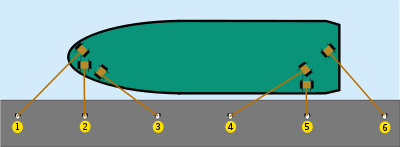 |
| Courtesy: Historicair This file is licensed under the Creative Commons Attribution-Share Alike 3.0 Unported license. This file is licensed under the Creative Commons Attribution-Share Alike2.5 Generic, 2.0 Generic and 1.0 Generic license. |
For boats, mooring is done either like a ship or by securing it to a fixture on the seabed usually a large concrete block and a rope attach to it with a buoy at the end.
You may also want to read: 8 FREE Mobile Apps Every Seafarer Must Have
Anchored
A vessel is anchored when its anchor is dropped and attached to the seabed. It's usually done when a ship is staying for a short period of time in a place.
Boats, however, have a different anchoring system. Check out the image below to understand how boats does anchoring.
Docked
When a vessel is in port to collect/disembark passengers or load/discharge cargo it will be, in a sense, connected to the dock (the functional area of pier) and is therefore 'docked'.
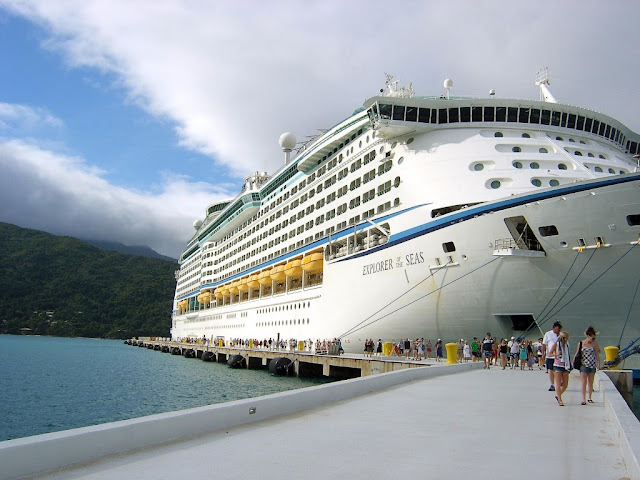 |
| Courtesy: Love's Photo Album |
Generally a ship is docked for a specific purpose, and when that task is complete the vessel will move on.
Berthed
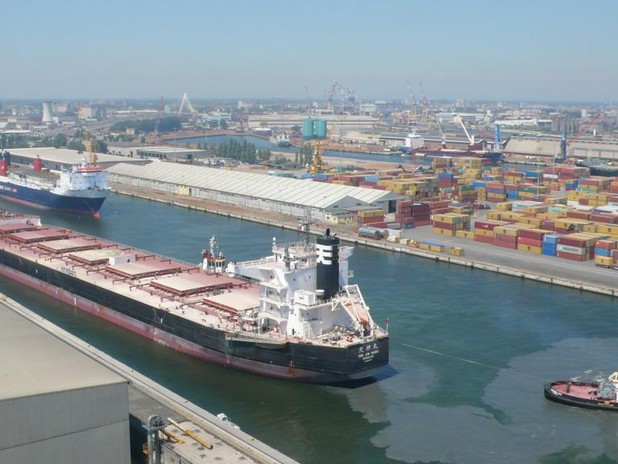 |
| Courtesy: Port of Venice |
To maximise space, 'berthed' vessels are typically kept perpendicular to (pointed at) the main jetty or pier, rather than a docked ship which is typically parallel to (in line with) the dock.
Reference: The Shipping Law Blog


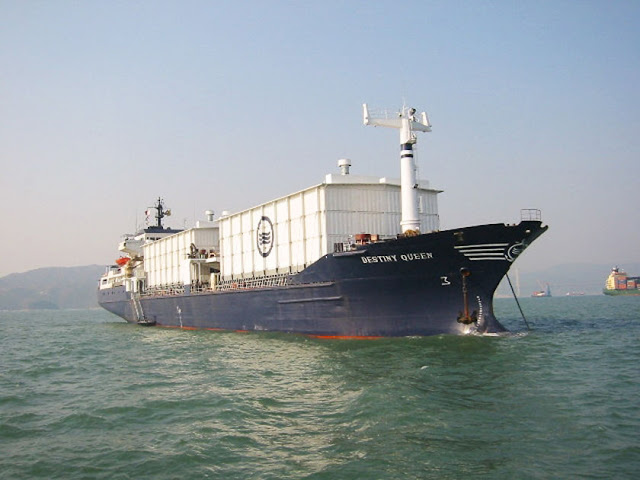
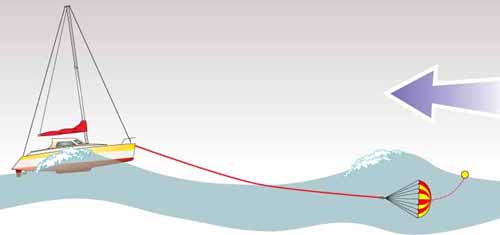
No comments:
Post a Comment